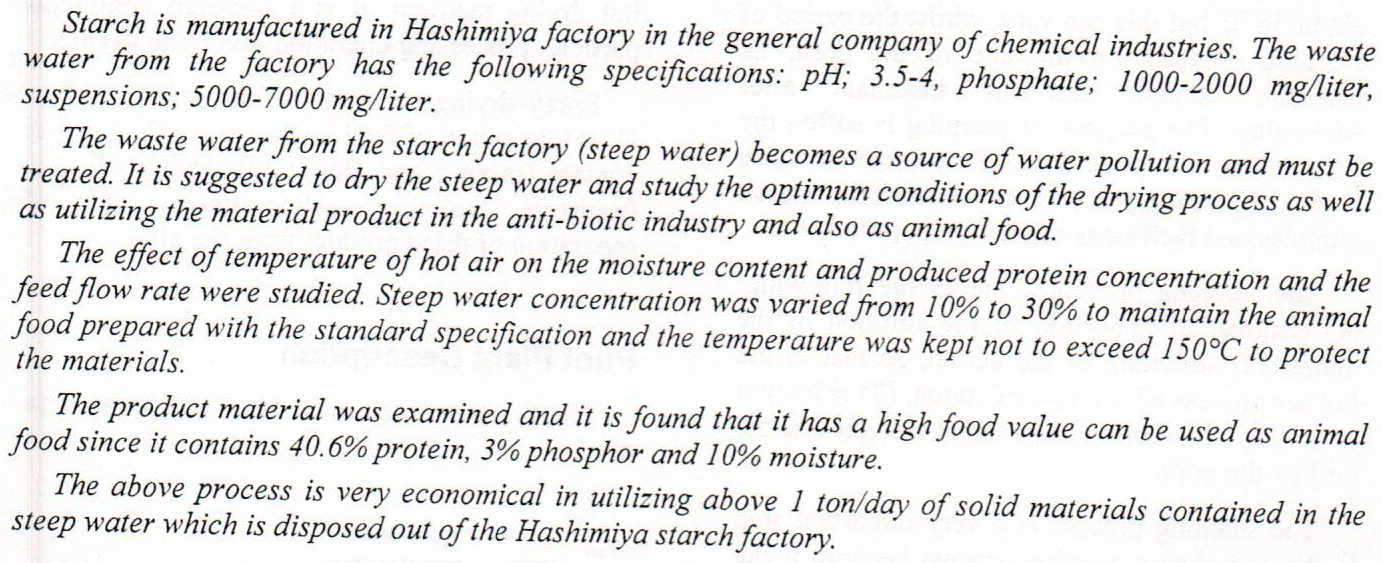
The Semitic Languages have her its Articulatory That what we attend to discuss In this Research to Represent the Relation Between them and the Light Of Semitics a Comparative Studies where ever It's Exists The Semitic languages by comparing the words whish most Semitic languages share with each other. We call such Words the Semitic denominator. We have adopted a comparative framework in our Research, which is based on comparing an Arabic word with its Semitic counterpart in Order to identify the forms that control grammatical change in both language
... Show MoreSynthetic polymers such as polyurethane are used widely in the field of biomedical applications such as implants or part of implant systems.
This paper focuses on the preparation of base polymer matrix composite materials by (Hand Lay-Up) method, and studying the effect of selected grain size (32, 53, 63, 75, and 90) µm of (Reenia) particles on some properties of the prepared composite.
Mechanical tests were used to evaluate the prepared system (Tensile, Compression, Impact, and Hardness) tests, and a physical test of (Water absorption %), and all tests were accomplished at room temperature.
Where results showed tensile test (maximum tensile strength and modulus of elasticity) high at small grain size while
... Show More (8)
(8)
 (7)
(7)
Optical properties of chromium oxide (Cr2O3) thin films which were prepared by pulse laser deposition method, onto glass substrates. Different laser energy (500-900) mJ were used to obtain Cr2O3 thin films with thickness ranging from 177.3 to 372.4 nm were measured using Tolansky method. Then films were annealed at temperature equal to 300 °C. Absorption spectra were used to determine the absorption coefficient of the films, and the effects of the annealing temperature on the absorption coefficient were investigated. The absorption edge shifted to red range of wavelength, and the optical constants of Cr2O3 films increases as the annealing temperature increased to 300 °C. X-ray diffraction (XRD) study reveals that Cr2O3 thin films are a
... Show MoreDried imported blood worms Chironomus reparius was used to motivate the growth of young carp Cyprinus carpio L ., as fish powder was partial and total replaced by blood worms which is a component of the fodder of the common carp fish. Results have shown that blood worm partial replacement treatment surpasses the imported fish powder. Rates of growth motivation of this treatment have been higher than both the control and total replacement processes. Results have shown significant differences in the weight of the fish in the partial replacement of the fish powder by the blood worms.
Surfaces quality is one of the most specified customer requirements for machine parts. The major indication of surfaces quality on machined parts is surface roughness. The research aim is to study the cutting conditions and their effects on the surface roughness. This paper utilizes regression models to predict surface roughness over the machining time for variety of cutting conditions in turning. In the experimental part for turning, different types of materials (Aluminum alloy, Copper alloy, and Gray cast iron) were considered with different cutting speed ( ) and feed rate ( ). A mathematical Model depending on statistical-mathematical method between surface roughness (Rz ) and cutting condition ( , ) were derived, for the three materials
... Show More (6)
(6)
 (6)
(6)
Forward-swept wings were researched and introduced to improve maneuverability, control, and fuel efficiency while reducing drag and they are often used alongside canards, to further enhance their characteristics. In this research, the effects of canard dihedral angles on the wing loading of a forward-swept wing in transonic flow conditions were studied, as the wing loading provides a measure of wing’s efficiency (lift/drag). A generic aircraft model from literatures was selected, simulated, and compared to, using CFD software ANSYS/Fluent where the flow equations were solved to calculate the aerodynamic characteristics. The research was carried at two different Mach numbers, 0.6 and 0.9, for five different canard dihedral angles which tra
... Show MoreIn this work, the effects of solvent properties on the characteristics of absorption and fluorescence for two laser dyes was studied. Dyes used in this work include Coumarin 5400 and DCM, while the solvents include ethanol, methanol, acetone, propanol and chloroform. Coumarin 5400 dye shows sharp fluorescence peaks in the green band of visible region while the DCM dye shows relatively wide band within 590-630 nm. Therefore, the selection of any dye for random gain medium applications should be performed after determining the most appropriate solvent as the optimum fluorescence characteristics are obtained.
Background: The most common reason for re-making a maxillofacial prosthesis is the degradation of the mechanical properties of the silicone. Aim of this study: To assess some mechanical properties of VST-50F maxillofacial silicone reinforced with a composite of silicon dioxide nanoparticle and polyamide-6 microparticle before and after artificial aging. Material and Method: Preparing 240 samples tested for tear strength, tensile strength and elongation percentage, hardness, and roughness before and after aging. The Silicon dioxide was added in concentrations of 1% by weight and Polyamide-6 in the concentration of 0.25% and 0.5% by weight to the VST-50F RTV maxillofacial silicone. The one-way ANOVA and post hoc tests were used for inferentia
... Show More (7)
(7)
